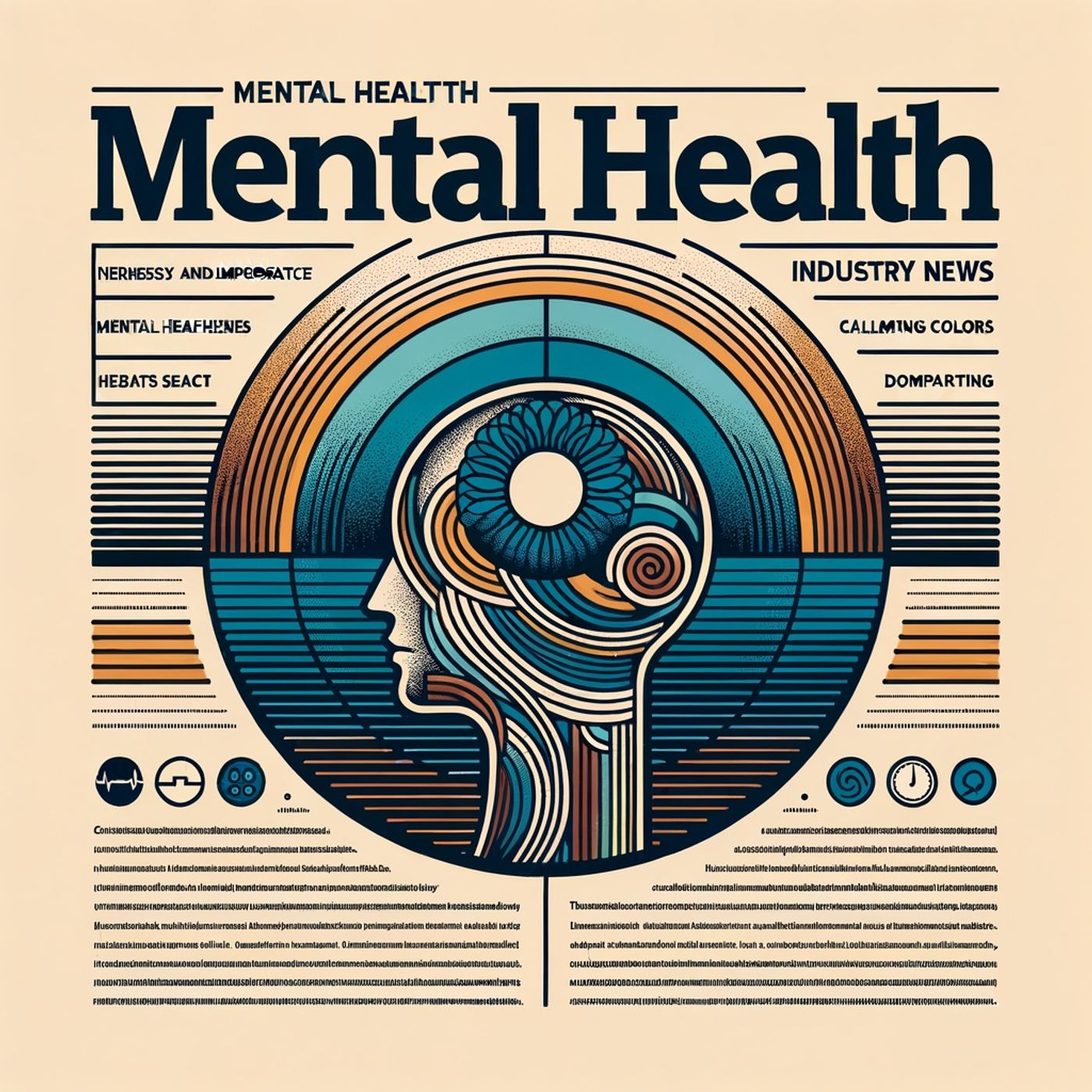Mental Health Matters: Industry Trends & Transformative Solutions
Description
The mental health industry is experiencing significant growth, driven by increased awareness of mental health issues and the importance of mental well-being. Recent market movements indicate a substantial expansion in the sector, with the global mental health market size expected to grow from USD 411.99 billion in 2023 to USD 566.07 billion by 2032, at a compound annual growth rate (CAGR) of 3.20%[1].
Key factors contributing to this growth include the rising prevalence of mental disorders, the increasing geriatric population, and new initiatives to improve mental health awareness. For instance, the National Alliance on Mental Illness (NAMI) launched the "MoreThanEnough" campaign in May 2023 to cater to immediate mental health needs and integrate them into community services, leading to likely market growth throughout the forecast period[1].
The U.S. behavioral health market is also projected to grow significantly, from USD 87.82 billion in 2024 to USD 132.46 billion by 2032, at a CAGR of 5.3%[3]. This growth is attributed to the increasing prevalence of behavioral health issues, improved access to care, rising awareness of mental health among the population, and acquisitions and partnerships by market players.
Emerging trends in the industry include the adoption of telehealth services and the integration of mental health services with primary care. The digital mental health market is particularly seeing rapid growth, expected to increase from USD 20.25 billion in 2023 to USD 43.34 billion in 2028, at a CAGR of 16.4%[4]. This growth is driven by healthcare provider adoption, telehealth expansion, patient engagement solutions, and global health crises preparedness.
Regulatory changes and significant market disruptions are also shaping the industry. For example, the implementation of favorable policies on both federal and state levels and a shift in the trend of adopting telehealth-based treatments are expected to drive market growth[3].
Industry leaders are responding to current challenges by focusing on innovative solutions and partnerships. For instance, the integration of wearable technology and the Internet of Things (IoT) is enhancing real-time monitoring and personalized interventions, fostering proactive and data-driven approaches to support individuals' well-being[4].
Comparing current conditions to the previous reporting period, there is a noticeable shift in consumer behavior towards seeking mental health services, driven by increased awareness and accessibility. The industry is also experiencing a significant increase in the adoption of digital mental health services, reflecting a broader trend towards telehealth and remote healthcare solutions.
In conclusion, the mental health industry is experiencing significant growth, driven by increased awareness, technological advancements, and regulatory changes. Industry leaders are responding to current challenges by focusing on innovative solutions and partnerships, and the sector is expected to continue expanding in the coming years.
More Episodes
The mental health industry is experiencing significant growth, driven by increasing awareness and prevalence of mental disorders. According to recent market research, the global mental health market is expected to reach USD 109.05 billion by 2029, growing at a CAGR of 3.5% from 2024 to 2029[1]....
Published 11/24/24
The mental health industry is experiencing significant growth driven by increasing awareness, advancements in telehealth services, and a rise in funding for mental health treatment programs. According to recent market analyses, the global mental health market is projected to reach substantial...
Published 11/22/24
Published 11/22/24


